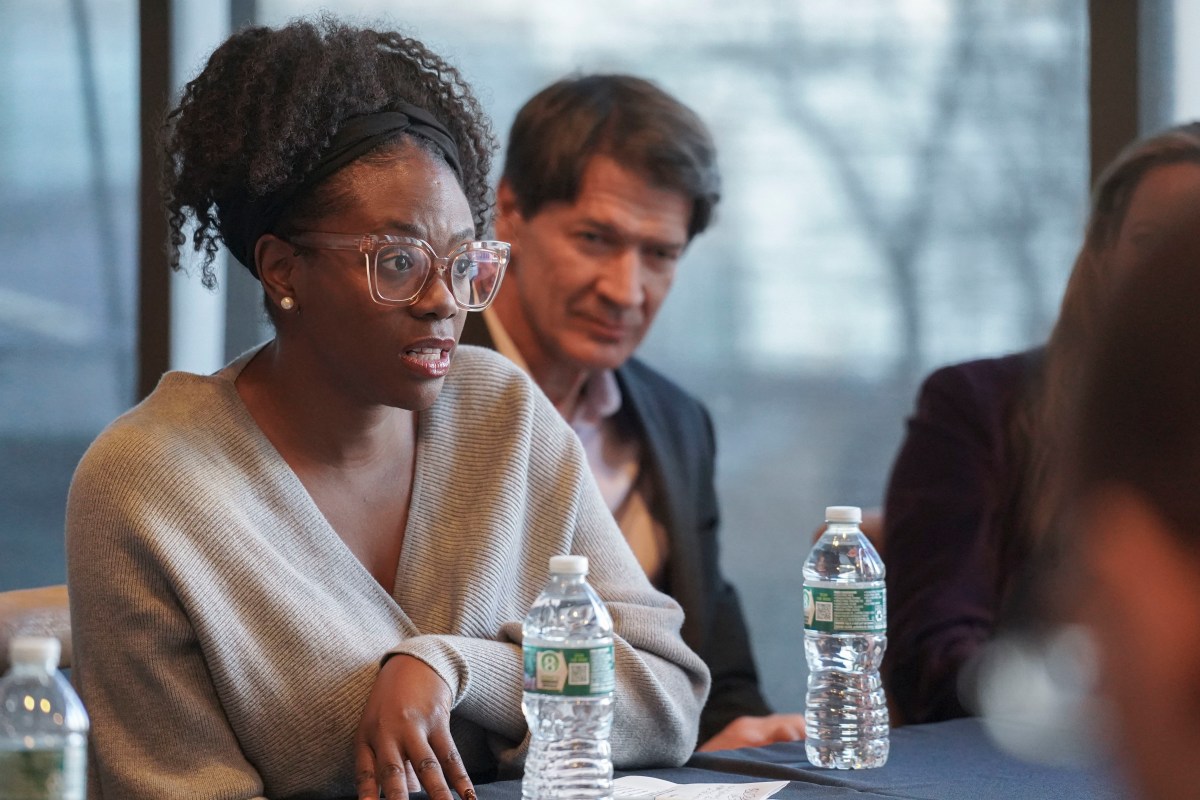
Today’s reopening of Tavern on the Green marks a rare occasion when a shuttered New York City venue gets a second chance.
With new interiors, specialized sections and a redone menu, the Central Park staple returns after a five-year absence.
The reopening comes at a time when the city has lost a fewof its longtime cherished venues, like Rizzoli Bookstore, the Pearl Paint store and Roseland Ballroom.
Rosemary Wakeman, director of the urban studies program at Fordham University, said the Tavern holds a symbolic and cultural meaning for the city. “Places like Tavern on the Green, they have an evolution and it helps build New York’s character,” she said.
Even though the Central Park restaurant generated cutomers and buzz for more than 70 years, it had to close in 2009 after filing for bankruptcy. The space — which is owned by the Parks Department — was used as a visitors center between 2010 and last year, when the Philadelphia based Emerald Green Group agreed to a 20-year lease for the space and to bring the Tavern into the 21st century.
The renovated space includes a 110-seat garden, wood-beamed cathedral ceilings, hundreds of indoor and outdoor tables and a more casual look than before.
“Tavern on the Green has been part of the Central Park Landscape since 1870, and the conservancy, along with the park’s millions of visitors, is thrilled to welcome back this iconic restaurant,” Doug Blonsky, President & CEO of Central Park Conservancy, said in a statement.
New Yorkers who have rallied to keep their favorite spots open hope that the Tavern’s rebirth can set a precedent that pushes the city to preserve more of its history.
“In many instances, such as the one we are protesting, the pressure becomes very, very tough,” said Layla Law-Gisiko, the chair of the Manhattan Community Board 5’s landmarks committee, who fought to save Rizzoli. “With Tavern on the Green, [the comeback] was a bit easier since the city owns the land, but the outcry from the public did help.”
The Tavern’s return may have a positive ripple effect for supporters of long-time Gotham institutions that are close to the chopping block, according to Wakeman. She said places like Roseland Ballroom, Tavern on the Green and Rizzoli are tied so tightly to the makeup of the city that it is hard for them to stay down forever.
“These places go through different costumes and have different roles at different times. It has meaning so people will invest in them to make meaning,” Wakeman said.
Law-Gisiko, however, sounded a skeptical note, citing an increased emphasis on development and the fact that oftentimes private companies care more about profits than a community’s history. “When you’re dealing with a private landlord, they won’t look for anything but the bottom line,” she said.
She was, however, inspired by the fact that the city listened to input from the community when it came to Tavern on the Green.
“They could have easily made a different restaurant, but we are glad that they kept it as Tavern on the Green,” she said.
Wakeman said she is optimistic that other closed iconic venues will see the light of day because more people, especially elected officials, realize the importance of culturally significant places.
“The closure and reopening of stores are cautionary tales on how important to the city and how fragile they can be,” Wakeman said. “It is important to care about them. We have to protect those spaces that have real meaning.”




































